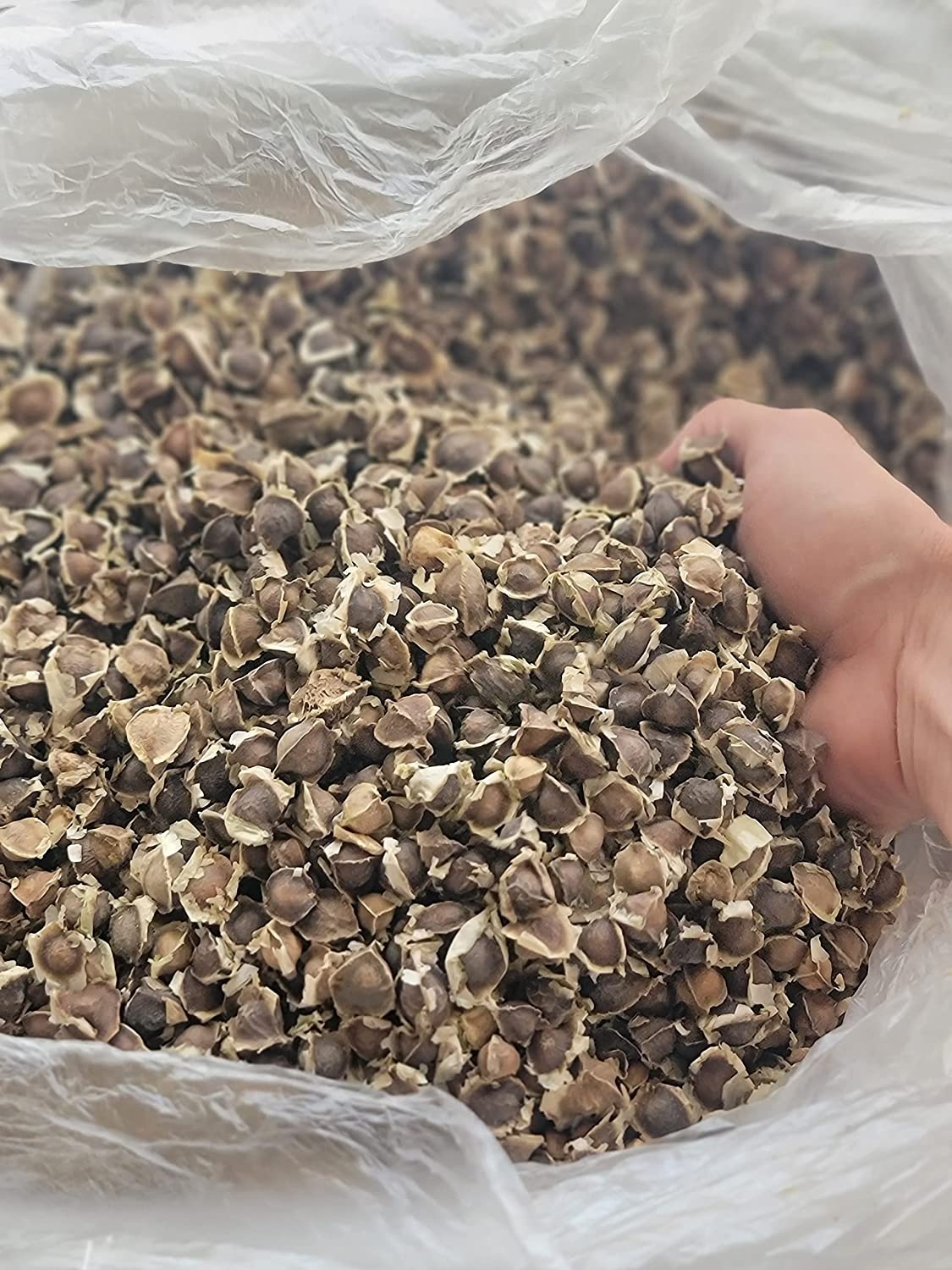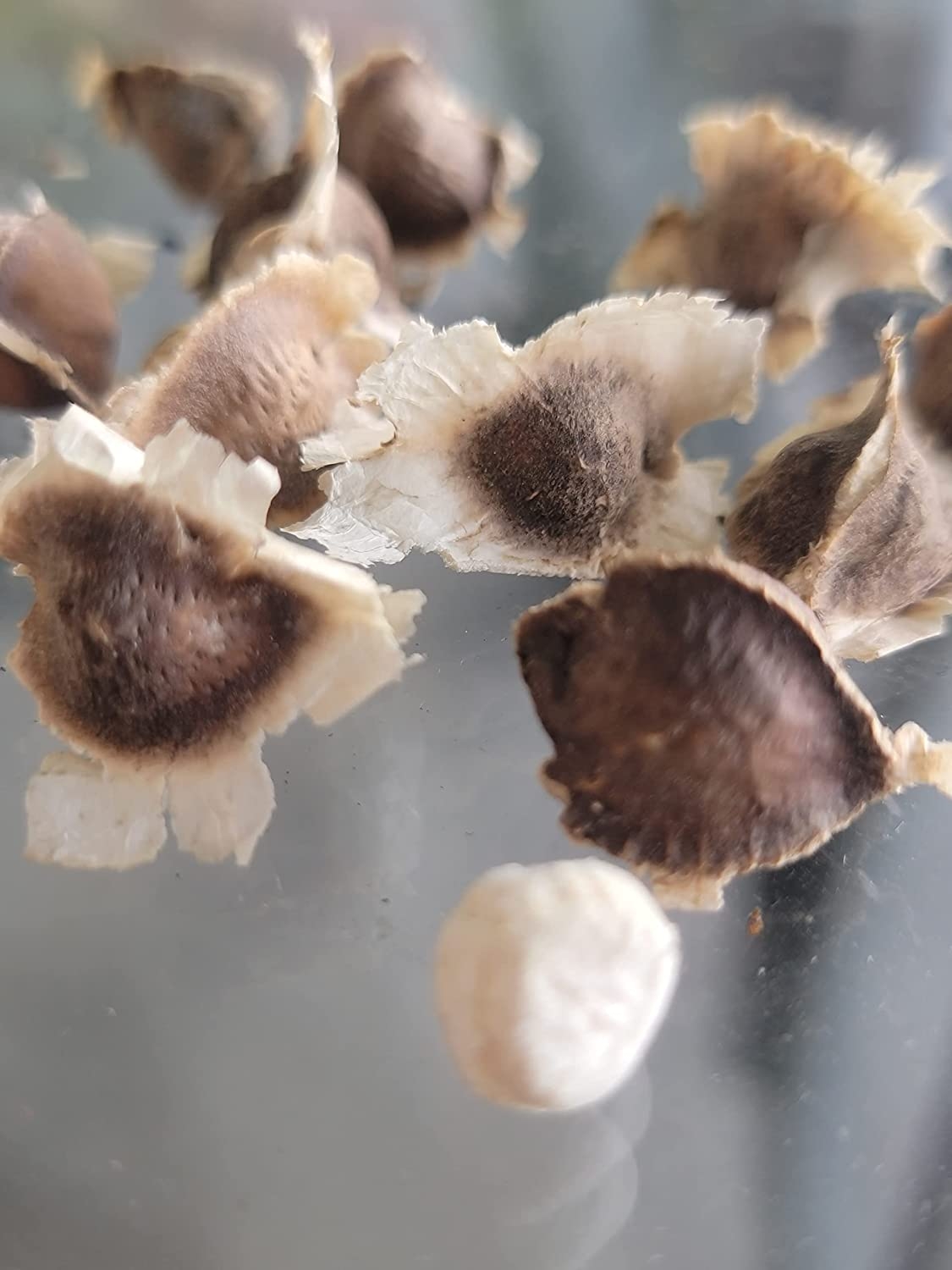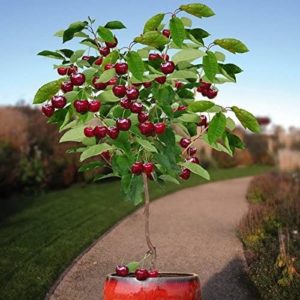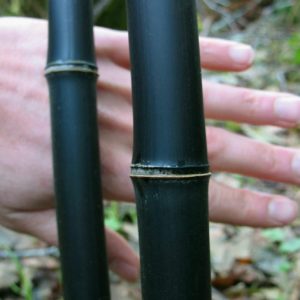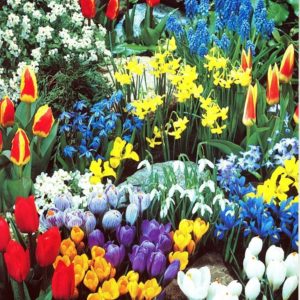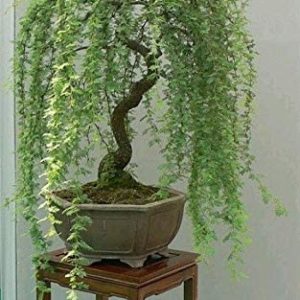Description
Easy to grow as an annual in the north or south as a perennial. Contains 46 antioxidants, 18 amino acids & is a complete protein. Moringa is native to the tropics and the subtropics; container growing will allow you to bring your tree inside for the winter. This plant is prized for its very high-protein leaves, its rich concentration of minerals and vitamins, and its heavy load of anti-oxidants! Leaves, blooms, seeds and immature seedpods, called “drumsticks”, are edible; seeds are source of a high-quality oil. Moringa is an important food source in some parts of the world. Because it can be grown cheaply and easily, and the leaves retain lots of vitamins and minerals when dried, moringa is used in India and Africa in feeding programs to fight malnutrition. The immature green pods (drumsticks) are prepared similarly to green beans, while the seeds are removed from more mature pods and cooked like peas or roasted like nuts. The leaves are cooked and used like spinach, and they are also dried and powdered for use as a condiment. The seed cake remaining after oil extraction is used as a fertilizer and also to purify well water and to remove salt from seawater. Moringa are fast-growing, deciduous trees that are native to India and Bangladesh. Once established, they are drought resistant, and they can tolerate extreme temperatures as high as 118 degrees Fahrenheit. Light A bright, sunny location that receives direct sunlight for most of the day is best for moringa plants. Growth may be stunted if the plants do not receive enough light. Soil Moringa plants are adaptable to a wide range of soils and can survive in poor soils if needed. However, they thrive when grown in well-draining, sandy soils. Moringa plants are sensitive to root rot, so they will not thrive in overly compacted soil or soil that holds too much moisture. Water Keep the soil of moringa plants consistently moist, but not wet. Moringa plants do not tolerate ‘wet feet’ & sensitive to overwatering

